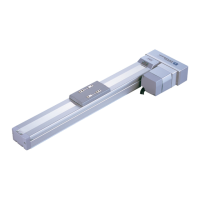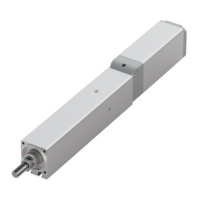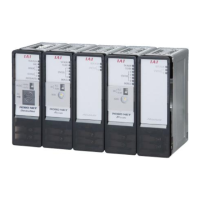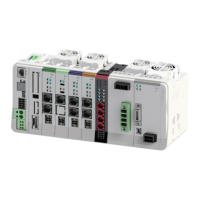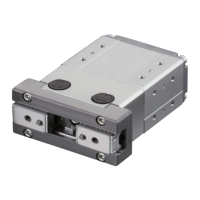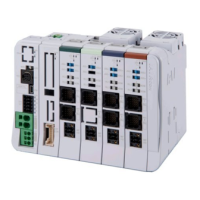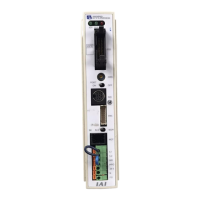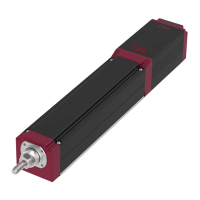Do you have a question about the IAI ROBO Cylinder RCS2 and is the answer not in the manual?
| Supply Voltage | 24 VDC ±10% |
|---|---|
| Vibration Resistance | 4.9 m/s² (0.5 G) or less |
| Protection Class | IP20 |
| Number of Controlled Axes | 1 |
| Storage Temperature | 60°C |
Demonstrates incorrect ways to handle the actuator during transport.
Imminent danger leading to death or serious injury.
Potential for death or serious injury if instructions are not followed.
Risk of injury or property damage if instructions are not followed.
Information to ensure proper use, failure to follow won't cause injury.
Do not use product outside specifications; observe maximum loading capacity.
Proper wiring and secure installation are crucial to prevent malfunction or fire.
Avoid moving parts, water, and unauthorized modifications for safety.
Avoid direct sunlight, dust, corrosive gases, vibration, and ensure proper maintenance space.
Shut down power, use signs, and communicate during maintenance.
Power on equipment sequentially, avoid inserting objects, do not step on product.
Wear goggles when greasing; use specified grease, avoid mixing types.
Avoid single-point flexing, kinking, twisting, and strong pulling of cables.
Prevent turning force, provide slack, avoid pinching or cutting cables.
Use robot relay cables, select appropriate bending radius, avoid tangling.
Do not occupy more than 60% of cable bearer space; separate signal and power lines.
Operate only as indicated, use IAI cables, keep people away from moving parts.
Shut down power, ensure no inadvertent power-on, use signs, watch out for others.
Specifies warranty duration based on shipment, delivery, or operation hours.
Details covered defects and exclusions like normal wear and tear or misuse.
Identifies key components of the actuator's standard build.
Precautions for handling packed and unpacked actuator units.
Visual examples of incorrect handling during transport.
Guidelines for transporting factory-assembled actuators with skid plates.
Precautions for transporting machines assembled with actuators and peripherals.
Criteria for suitable operating conditions like temperature, humidity, and cleanliness.
Recommendations for storing the actuator to prevent condensation and damage.
Methods for mounting the actuator using tapped holes in the base.
Using tapped holes on the rod side for actuator mounting.
Installing the actuator using an optional flange with screws.
Utilizing optional foot brackets for actuator installation.
Outlines visual inspection and grease supply tasks based on operation time.
Checks for loose bolts, cable damage, and unusual noise or vibrations.
Instructions for cleaning the actuator exterior with soft cloths and mild detergents.
Specifies approved grease types and warns against fluorine grease.
Step-by-step guide for greasing the rod, including tools and procedures.
Outlines visual inspection and grease supply tasks based on operation time.
Checks for loose bolts, cable damage, and unusual noise or vibrations.
Instructions for cleaning the actuator exterior with soft cloths and mild detergents.
Specifies approved grease types and warns against fluorine grease.
Step-by-step guide for greasing the rod, including tools and procedures.
